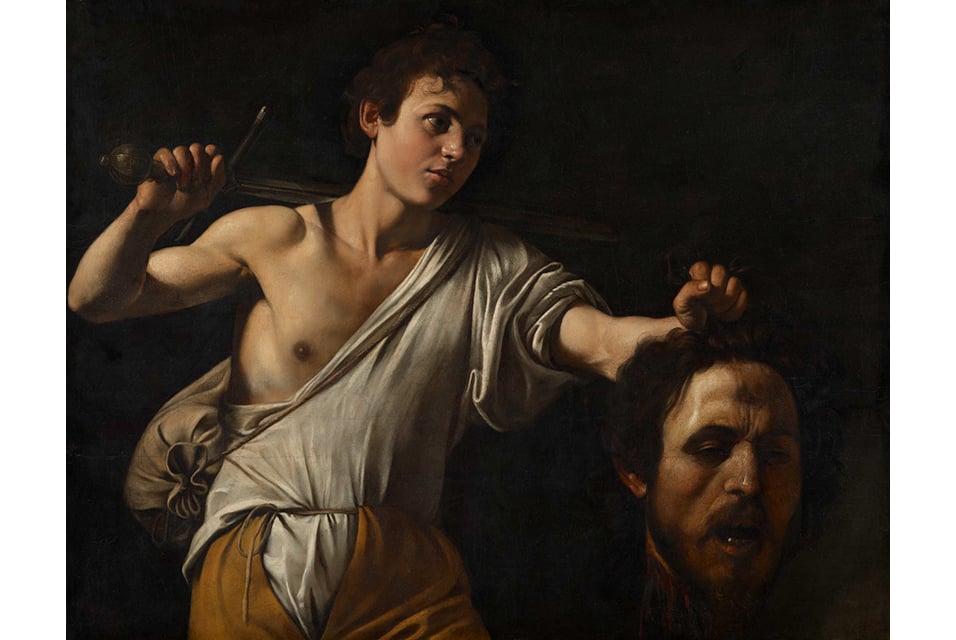
The long-lost original version of Caravaggio’s Mary Magdalene in Ecstasy has been identified by one of the foremost experts on the artist, the Independent reports.
Mina Gregori, president of the Fondazione di Studi di Storia dell’Arte Roberto Longhi in Florence, said she is 100 percent certain that she has found the original version of the masterpiece. “The varying flesh tones of the body, the intensity of the face. The strong wrists and the blackened hands in wonderful variations of color and light […]. It is Caravaggio,” she told La Repubblica.
According to the Guardian, the lucky owners, who live in an unspecified European country, contacted Gregori earlier this year, as they suspected the painting might be a Caravaggio but were unable to read the note on its back. Gregori deciphered the text, written in 17th century-era handwriting, which says the painting was a commission by one of Caravaggio’s most important patrons: Cardinal Scipione Borghese of Rome.
The owners have said they have no intention of selling the painting. But Gregori told the Independent that she was encouraging them to make it available for some sort of public display.
There are several different versions of the Mary Magdalene in Ecstasy. Until now, the one most widely thought to be the original was in a private collection in Rome.
The discovery has made waves among art historians. But not everyone is totally convinced. Caravaggio expert John Gash, a senior lecturer on art history at the University of Aberdeen, remained cautious. “This might be it, but without seeing the original painting, I would suggest extreme caution,” he told the Guardian.
Caravaggio is thought to have painted Mary Magdalene in Ecstasy in 1606, shortly after fleeing Rome, following his conviction for murder. In the summer of 1610, he set on a trip from Naples to Rome to receive a papal pardon, carrying the painting with him. He is thought to have become ill in Tuscany and to have died there.